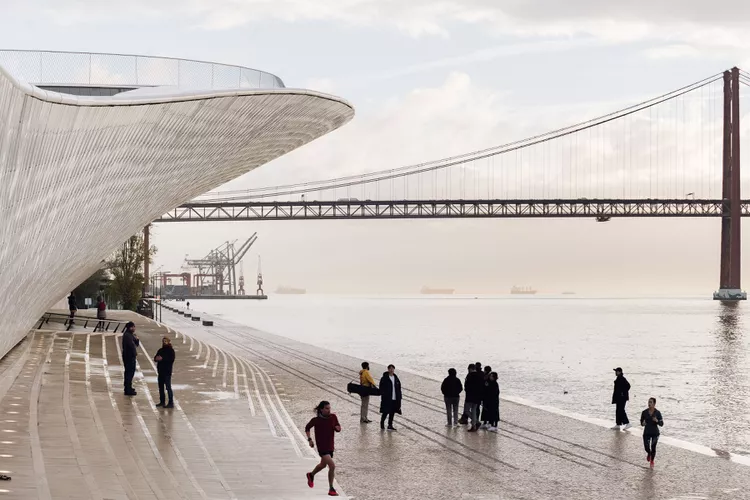Summary
Lisbon is one of the most attractive Western European capitals, boasting a sparkling waterside location, seemingly endless sunshine, and an abundance of stunning architecture. While you’ll encounter remarkable, albeit sometimes weathered, structures throughout the downtown area, a select few buildings deserve special attention for their historical and architectural significance.
This article showcases six of the most beautiful buildings in Lisbon, from iconic churches and ancient cathedrals to modern museums and majestic train stations.
01. Jerónimos Monastery

Begin your architectural journey by traveling to the vibrant Belém neighborhood along the riverside. While this area is home to numerous stunning buildings, the Jerónimos Monastery truly stands out.
This UNESCO World Heritage Site, established in the 1500s, dominates its surroundings. Notably, it houses the tombs of significant figures from Portuguese history, including renowned poets, explorers, and members of the royal family.
02. Belém Tower

Located right by the river, Belém Tower is a mere 10-15 minute stroll from Jerónimos Monastery. Smaller than its counterpart, this fortified structure was completed in the early 16th century and served as both a ceremonial entry point and part of the city’s defense system.
Measuring approximately 40 feet wide and 100 feet tall, visitors access the tower via a small bridge. Climb to the top for breathtaking views of the Tagus River and the surrounding cityscape.
03. MAAT

Still situated in Belém, the Museum of Art, Architecture, and Technology (MAAT) exemplifies modern aesthetics. Opened in 2016, this contemporary museum is housed in a former power station along the river, featuring two distinct buildings.
The structure’s sweeping, wave-like design, complete with an exterior walkway that rises to an open rooftop viewpoint, showcases a bold and spectacular architectural statement.
04. Rossio Train Station

The stunning architecture of European train stations is well-renowned, and Lisbon’s Rossio Train Station is no exception. Conveniently located next to the square that shares its name, this station is where many travelers catch trains to Sintra.
Constructed in the late 1800s, at first glance, one might mistake its ornate facade for a theater or civic building rather than a train station. Visitors can capture beautiful photographs from the nearby square, where the grand design of the station comes into view.
05. National Pantheon

The striking, dome-shaped roof of the National Pantheon can be seen from various viewpoints around central Lisbon, making it a standout feature of the skyline. Located on a hill in the Alfama neighborhood, construction began in the 1600s on the site of a previously desecrated church.
Due to the architect’s untimely death, coupled with a lack of interest from royal sponsors and financial issues, the building took nearly three centuries to complete, finally reopening in 1966.
While the exterior is most photogenic from nearby viewpoints, entering the Pantheon is equally worthwhile. The floor plan, designed in the shape of a Greek cross, offers a unique insight into its architectural significance.
06. Lisbon Cathedral

Also situated in Alfama, the Lisbon Cathedral (or Sé) is recognized as the oldest church in the city, with construction dating back to the 1100s on the site of a former Moorish mosque.
Throughout the centuries, the cathedral has resisted fire and survived several earthquakes, including the destructive quake of 1755, which caused substantial damage. The majority of the imposing exterior seen today results from a significant twentieth-century restoration.
Inside, the altars and side chapels are particularly remarkable, but it is the stained-glass windows that truly captivate visitors.
Entry is free, although donations are always appreciated.





